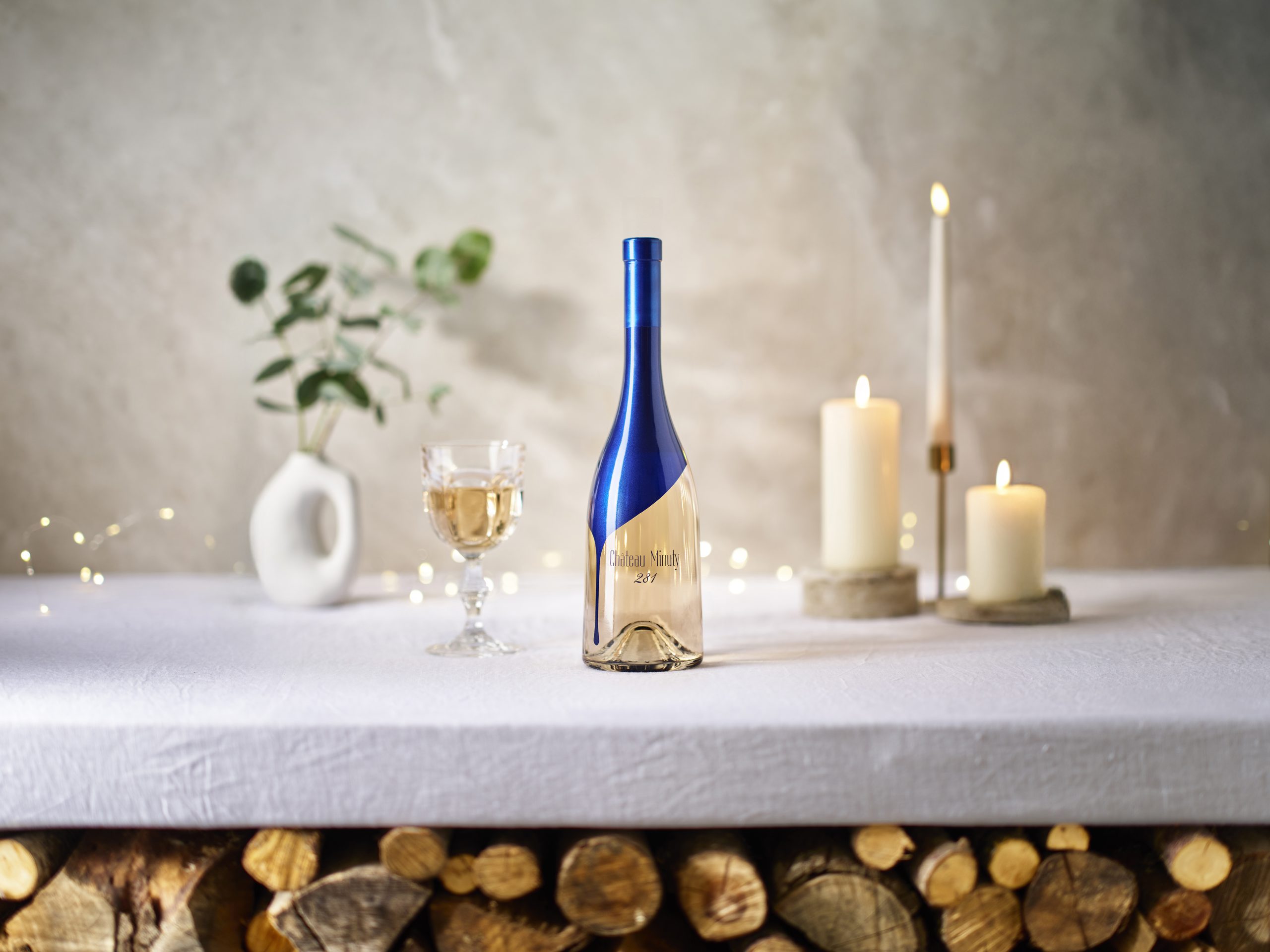Shanghai is the costliest city for fine wine in Asia
Shanghai has emerged as the most expensive city in Asia to buy a bottle of fine wine, while tax-free Hong Kong is the most competitive place for fine wines, according to a report by Swiss private bank Julius Bar, which compared the prices for a bottle of Bordeaux first growth Château Lafite Rothschild 2000 in five key wine markets in Asia.
Using Chateau Lafite Rothschild 2000, a highly sought-after wine brand in the region, as a benchmark, the report compared prices of the wine in five different Asian cities – Shanghai, Hong Kong, Singapore, Taipei, and Tokyo – and found that the wine costs the most in Shanghai at US$4,142; more than double that of Hong Kong’s US$1,677, a city that eliminated taxes on wine in 2008.
“Apart from higher taxes in China, luxury wine prices are driven by continued strength in Chinese demand, amid rising disposable incomes, aspirational consumption, increasing westernisation, and the rapid sophistication of drinking rituals,” according to the report.
The growing buying power coming from Asia is in line with the luxury wine market’s shift to the region. With a population of more than 4.5 billion, Asia Pacific is one of the key regions seeing a sharp rise in demand for fine wines, driven mainly by China and Hong Kong.
In addition to fine wines, wealthy Chinese are also buying up vineyards in Bordeaux. Notably, Hong Kong has become an important sourcing hub for mainland consumers and is the second most important wine auction market in the world after New York City.
Partner Content
The report also noted that consumption habits have evolved from buying wine as gifts to buying wine for personal consumption. Millennials are also catching on to this trend.
Aside from buying up imported wines, China’s potential as a fine wine producing country is also highlighted in the report, using LVMH’s Ao Yun from Shangri-la as an example. Selling for around US$300 a bottle, the wine is the first Chinese wine to be traded on Liv-ex, the London-based fine wine exchange platform.
“I think Ao Yun being a Chinese wine has been one of the most highly regarded wines by experts and journalists all over the world. And they are amazingly surprised when they discover it’s a Chinese wine because they had a preconceived idea about it. In China, you can do excellent wines that are comparable to those in Bordeaux, Napa vineyards, and Australia. I would say the wine cycle is seven to ten years. So we bet on the future,” says Christophe Bourrie, managing director of Prestige Brands at Moët Hennessy.





No comment – researching red wine market and consumption in China